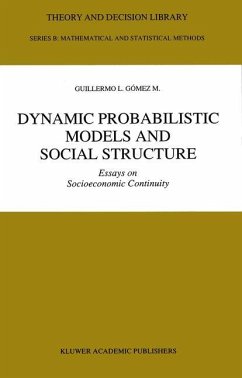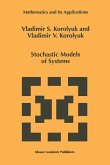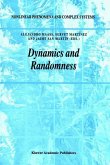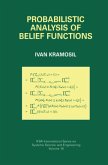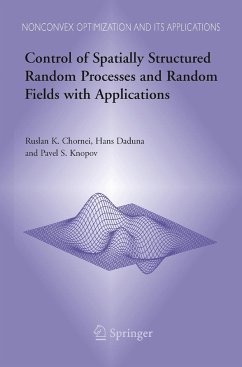Mathematical models have been very successful in the study of the physical world. Galilei and Newton introduced point particles moving without friction under the action of simple forces as the basis for the description of concrete motions like the ones of the planets. This approach was sustained by appro priate mathematical methods, namely infinitesimal calculus, which was being developed at that time. In this way classical analytical mechanics was able to establish some general results, gaining insight through explicit solution of some simple cases and developing various methods of approximation for handling more complicated ones. Special relativity theory can be seen as an extension of this kind of modelling. In the study of electromagnetic phenomena and in general relativity another mathematical model is used, in which the concept of classical field plays the fundamental role. The equations of motion here are partial differential equations, and the methods of study used involve further developments of classical analysis. These models are deterministic in nature. However it was realized already in the second half of last century, through the work of Maxwell, Boltzmann, Gibbs and others, that in the discussion of systems involving a great number of particles, the deterministic description is not by itself of great help, in particu lar a suitable "weighting" of all possible initial conditions should be considered.

